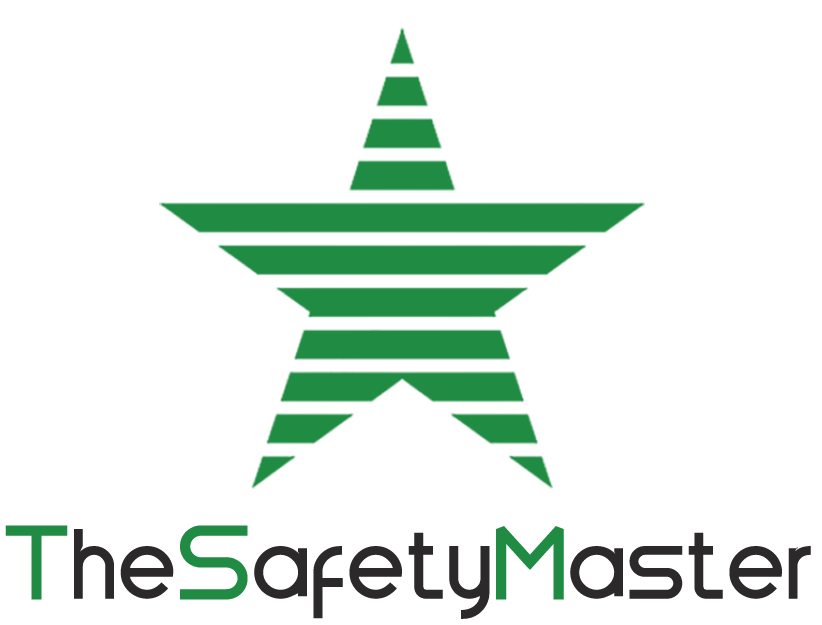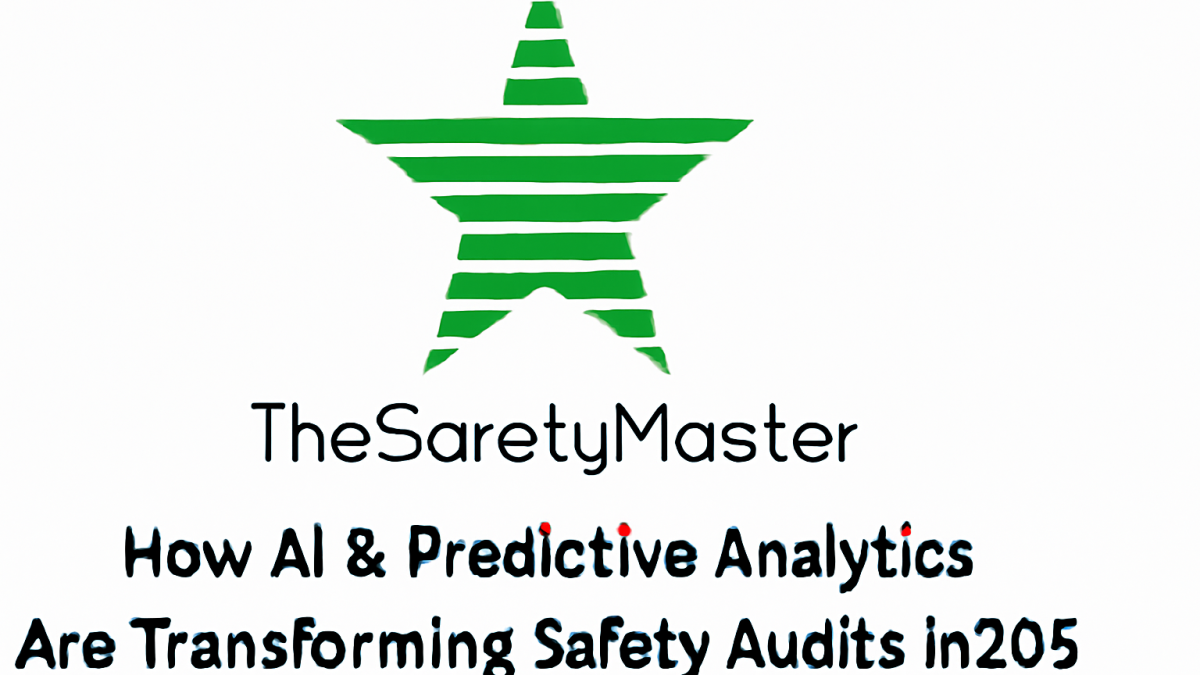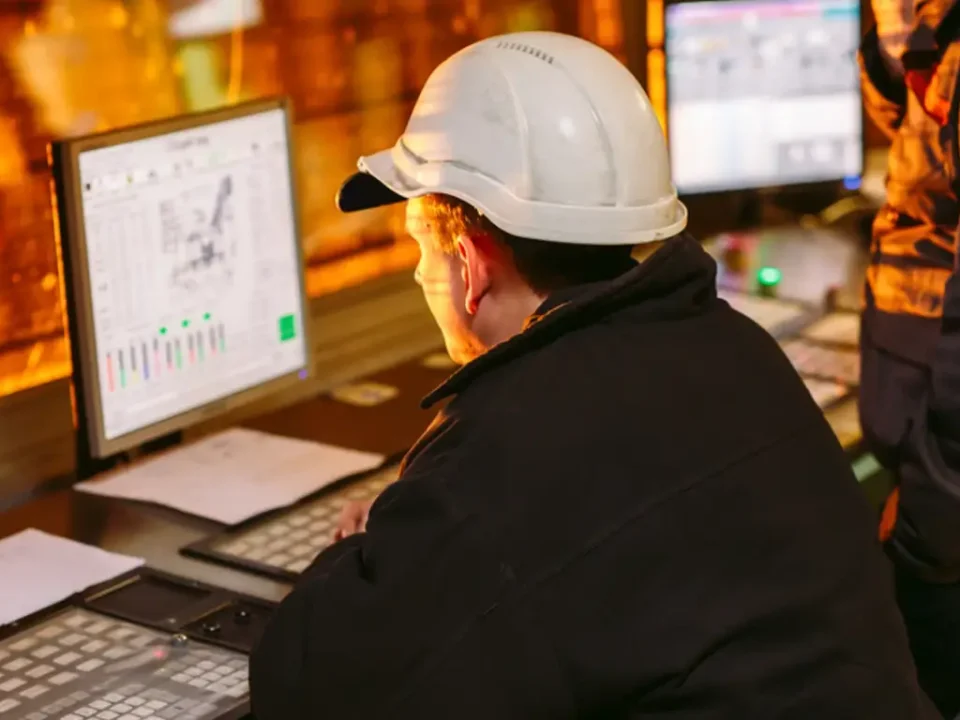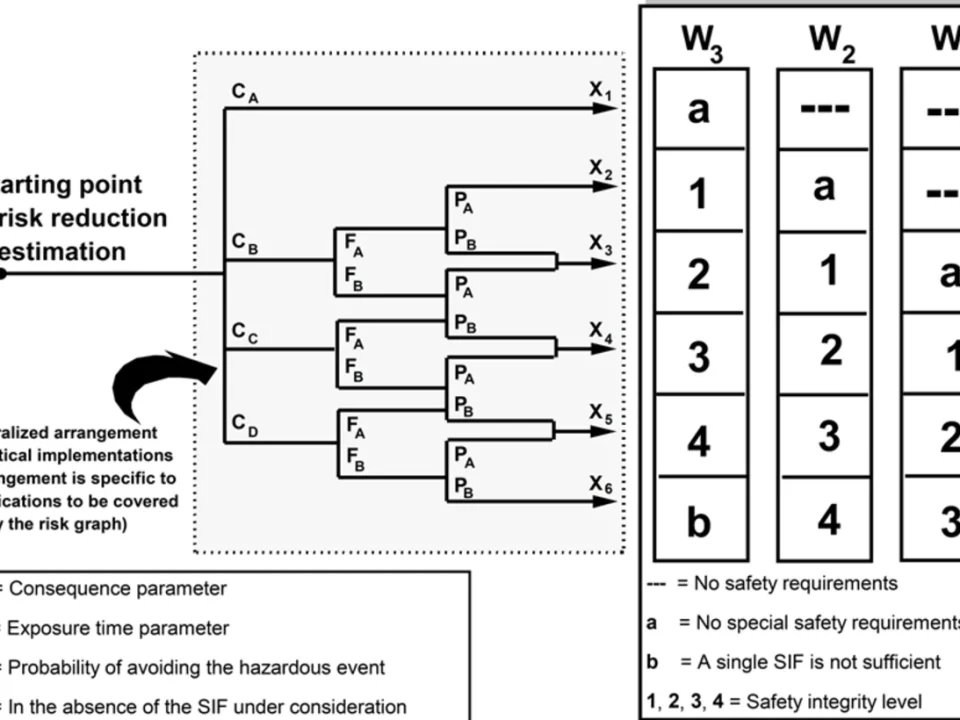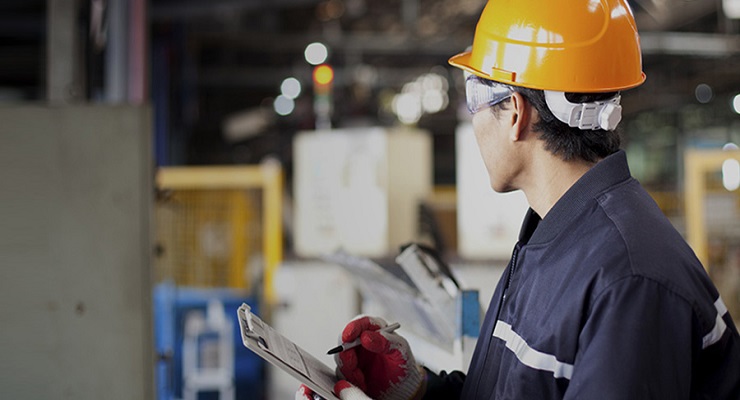How AI & Predictive Analytics Are Transforming Safety Audits in 2025

Electrical Safety Audit: Process, Steps & Compliance in India
September 24, 2025
A Detailed Guide to Safety Signs and Symbols
September 24, 2025Workplace safety is entering a new era in 2025. With rapid advancements in artificial intelligence (AI) and predictive analytics, organizations can now identify risks earlier, streamline compliance, and make data-driven decisions that save lives and reduce costs. Traditional audits relied heavily on manual inspections and historical data, but today’s technology brings real-time monitoring and predictive capabilities that change the game for every industry.
From Reactive to Predictive Safety
In the past, most organizations acted after an incident occurred. With AI-powered tools, safety teams can now analyze patterns, anticipate failures, and prevent accidents before they happen. This shift is especially powerful during a Safety Audit, where predictive analytics highlights potential hazards that may have been overlooked by manual checks. Instead of waiting for a risk to escalate, companies are now positioned to address vulnerabilities proactively.
Enhancing Traditional Methods
AI doesn’t replace established methodologies; it enhances them. For example, a Hazop Study remains an essential technique for identifying process hazards, but when combined with machine learning algorithms, organizations can simulate scenarios faster, validate findings with greater accuracy, and prioritize actions more effectively. This synergy between traditional safety methods and modern technology ensures that industries remain compliant while advancing toward safer operations.
Fire Safety and Smart Monitoring
Fire remains one of the most critical threats in workplaces. A comprehensive Fire Audit supported by AI-driven sensors and predictive tools allows organizations to detect risks like faulty wiring, equipment overheating, or gas leaks before they escalate into major incidents. Predictive analytics ensures that preventive maintenance and corrective actions are completed in time, minimizing both downtime and danger.
Process Safety Management in the Digital Age
Complex industries such as oil & gas, pharmaceuticals, and chemicals face unique operational risks. Modern Process Safety Management systems integrated with AI allow continuous monitoring of equipment, early detection of deviations, and predictive modeling of worst-case scenarios. This empowers safety teams to respond quickly and confidently, protecting both employees and assets.
The Role of Expert Safety Consultants
While technology is advancing rapidly, human expertise remains irreplaceable. Partnering with an experienced Safety Consultant ensures that organizations can effectively integrate AI and predictive analytics into their safety programs. Consultants bring deep knowledge of regulations, industry practices, and audit processes, bridging the gap between cutting-edge technology and practical implementation.
Looking Ahead
By 2025 and beyond, AI and predictive analytics are not just innovations—they are becoming essential tools for safeguarding people, property, and the environment. Organizations that adopt these technologies today will stay ahead of compliance requirements, reduce operational risks, and build a stronger culture of safety.
